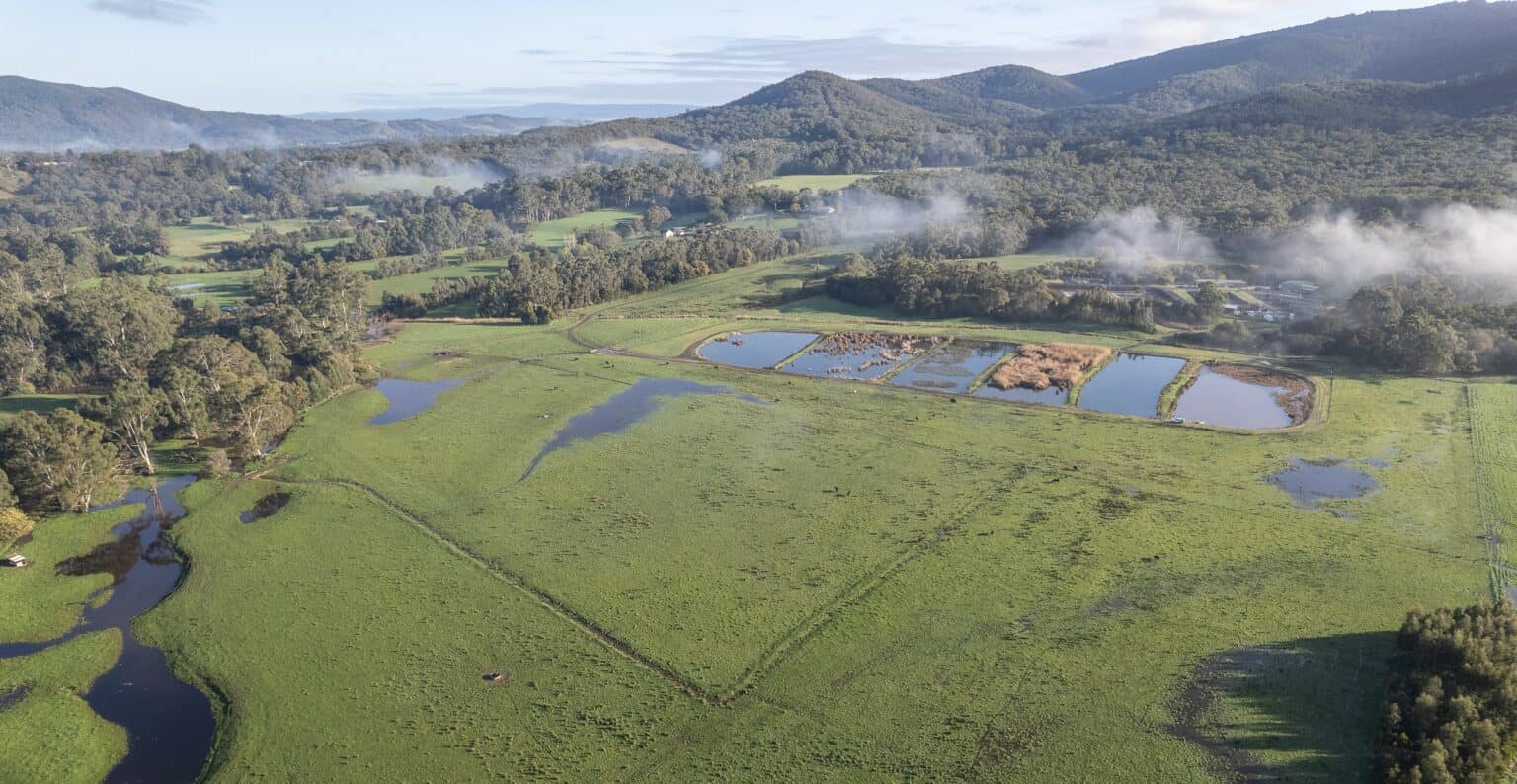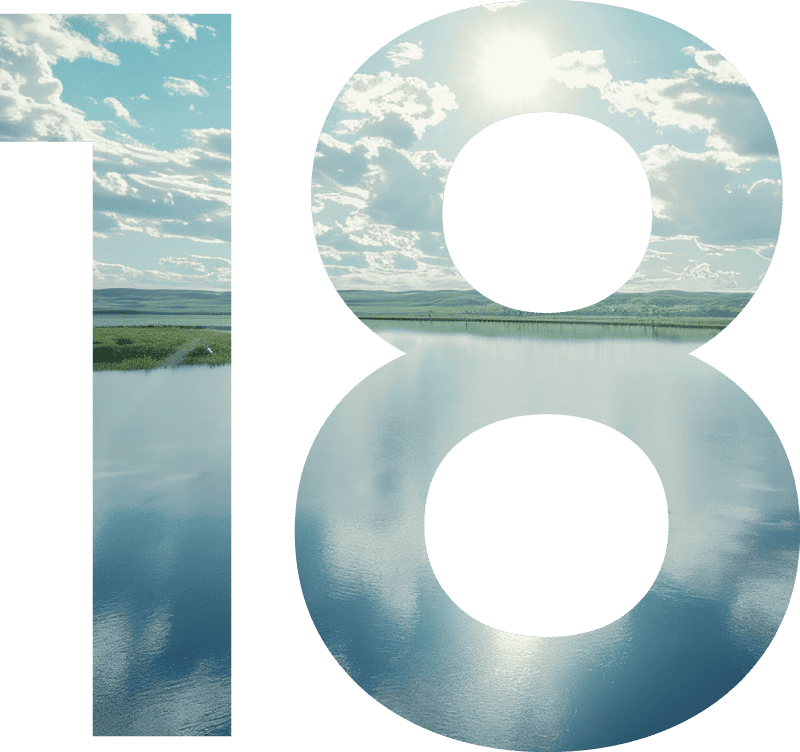
Yarra Valley Water is creating over 35 hectares of new habitat for the critically endangered Helmeted Honeyeater and lowland Leadbeater’s Possum at its Upper Yarra Sewage Treatment Plant site, with guidance from the Narrap Rangers.
The detailed design phase is already well underway, with construction expected to start next year.
Victoria has three faunal emblems: two of these are a small bird, the Helmeted Honeyeater, and a tiny marsupial, the Leadbeater’s possum.
Yarra Valley Water is partnering with Zoos Victoria, Greening Australia, Melbourne Water, Jacobs and Spiire to restore biodiversity on its land to support habitat for these critically endangered species.
The highland Leadbeater’s Possum, believed extinct for decades, was rediscovered in 1961. Its lowland relation, a separate sub-species, wasn’t even known of until the mid-80s.
Located on the Yarra River flood plain, the Upper Yarra Sewage Treatment Plant site was once part of a vast swamp forest and the traditional home of these incredible creatures.
Natalie Hackett, Senior Engineer, Place Based Planning and Resilience at Yarra Valley Water, highlighted the water sector’s unique position to provide protection for wildlife, thanks to buffer zones around treatment plants.
“There are approximately only 230 Helmeted Honeyeaters and 24 lowland Leadbeater’s Possums left in the wild. They are critically endangered because of habitat loss through land clearing and degradation from bushfires. But we have a unique opportunity to help protect them.”
“The Helmeted Honeyeater has specific ecological requirements, such as suitable food sources, nesting sites, and suitable vegetation for foraging. Designing a habitat that closely resembles the natural ecological niche of the species is critical for their survival.”
“The psychology behind designing habitat for the Helmeted Honeyeater and lowland Leadbeater’s Possum is really interesting – and involves a comprehensive understanding of their ecological, behavioural, and social needs.
“It’s important to consider these factors in the habitat design to create an environment that promotes the species’ well-being and increases their chances of survival and successful breeding.
“Through collaborations with environmental organisations, Traditional Owner partners, and other stakeholders, we are taking significant steps towards creating a secure habitat for these endangered species,” said Ms Hackett.
As part of Yarra Valley Water’s Climate Resilience Plan, the utility is committed to delivering positive impacts on the communities, waterways and lands in which it operates.
“We’re incredibly fortunate to have a remarkable landscape in Australia, filled with plants and animals that are unlike that found anywhere else in the world. By preserving and restoring their habitats, we’ll help the survival of these extraordinary creatures and the incredible biodiversity they represent,” said Ms Hackett.
The habitat will feature a mixture of woodland and wetland environments, utilising recycled water from the treatment plant to ensure the animals and the swampy habitat they rely on can thrive, even under a changing climate.
The remaining wild populations of the two species are found in lowland swamp forest vegetation communities, all of which depend on the presence of water at varying intervals and depths.
Dr Elizabeth Pryde, Science Lead at Greening Australia, said the project demonstrates the opportunities that can be unlocked when diverse stakeholders come together to help nature.
“As one of Australia’s leading restoration organisations, we’re thrilled to bring Greening Australia’s experience and expertise to this unique and exciting opportunity to create a vital rewilding site for Victoria’s two critically endangered faunal emblems and to meaningfully contribute to reducing their risk of extinction.
“Rebuilding nature is no simple task. The option to integrate recycled water produced at the site into the project will allow swamp forest habitat to be restored and enhance its ability to withstand prolonged dry periods under a changing climate.”
“This is a pioneering approach to recreating habitat and exemplifies that kinds of innovative approaches that we can, and must, take to tackle the environmental challenges we collectively face,” Dr Pryde said.
This project builds on the Victorian Government’s investment of $6.4 million since 2017 to support our critically endangered faunal emblems, including through the Faunal Emblem Program. The Victorian Government has committed a further $2 million, through the 2023-24 State Budget, to continue the successful Faunal Emblems Program.
For more information email media@yvw.com.au or phone +61 466 852 203


